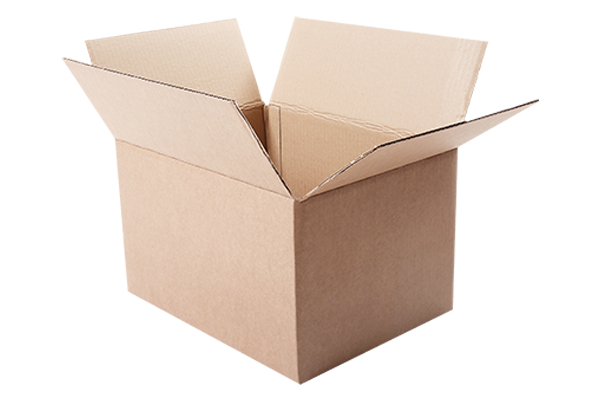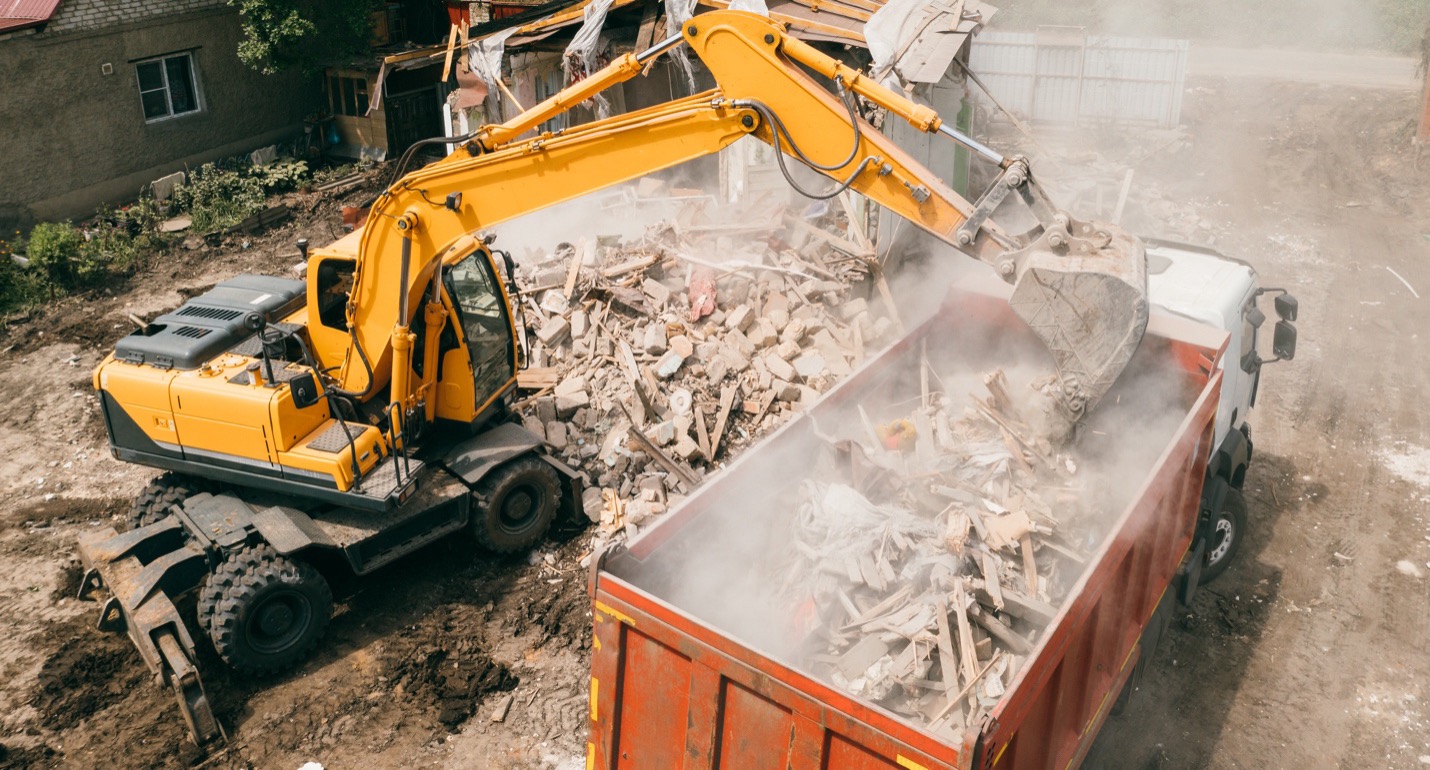Where do We Stand Today?
It is important to understand that there are different types of waste streams. To simplify: waste either goes straight to a landfill, or gets sorted for recycling and anything that is not recyclable from this group gets routed to a landfill (recycling is not 100% effective). What materials that can get recycled are determined be each municipality. It’s taken generations for people to develop a personal sense of responsibility for recycling and is now a common sight to see different colored bins to ensure there is an opportunity to reuse certain types of waste rather than just tipping (dumping) them into a landfill. Despite good intentions, the rules for separating recyclable waste are not entirely clear to consumers and as a result only about 10 – 30% actually end up being recycled.
That being said, the most recycled items at the consumer level are:
- Aluminum in the form of beverage cans with a 67% recycle rate
- Plastic (PET) mostly clear plastic beverage (water) bottles with less than 10% typically recycled
- Newspapers are untreated and considered “clean” to recycle. They have a 67% recycle rate
- Corrugated Cardboard and paperboard has a 67.5% recycle rate
- Plastics (HDPE) Hard or rigid plastics that are colored. These have a 34.1% recycle rate
- Glass truly is endlessly recyclable it has a 34% recycle rate in non-deposit states and a 63% rate in deposit states
- Mixed Papers refers to all other miscellaneous papers which have a 43.6% recycle rate
- Used Motor Oil is very reusable and has a 60% recycle rate
The list above gives an idea of how effective recycling works in the U.S. From this list it is clear that plastics and mixed papers are the most likely to end up in landfill rather than being recycled. This situation has gotten worse recently. There used to be a regular flow of waste from the U.S. to China where it was sorted and re-manufactured into new products. In 2018, as China re-imagined their economy going forward, being the “clean-up crew” for other developed economies was not part of the picture, so they stopped accepting mixed waste. Without China as a place for “overflow” of commercial waste, more waste product were diverted to landfills. If we add to that the increased costs of operating the machinery at dumps, transfer stations and landfills (mostly front-end loaders and conveyors) and the general inflation we are currently experiencing, then costs have gone up.
A LOOK AT TIPPING FEES
In order to cover the costs of operating a landfill, it is common for cities to charge “Tipping” fees. These are fees to dump the commercial waste in the landfill and are dependent on the weight of the waste. So a typical charge might be $60/ton. Typical generators of large amounts of commercial waste are manufacturing facilities, food processing and construction sites. In some instances operating costs are covered by taxing the waste generators. These fees or taxes can be collected at the local level, all the way up to the federal level depending on the specific arrangement. The purpose of these fees is to cover not only the operating expenses, but the cost of ensuring that landfill needs can be met now and in the future.

But That's Not All
In addition to the ongoing operating costs, there are other fees that must be paid. Whereas the tipping fee is the cost to accept a load of waste. To actually sort it and disposition the contents may require a disposal fee.

Disposal is different depending on the type of waste and in some cases, disposal fees are added to cover additional handling due to the hazardous nature of the waste, or other special handling requirements. Sometimes waste can be burned or digested into methane, and the methane can be burned to generate power. Other times, not much can be done except to add it to the landfill. Whatever the particular waste, disposal is the final state for that waste.
Landfill closure costs. Eventually, a landfill will reach the end of its useful life. Closing a landfill consists of making it as inert to the surrounding environment as possible. It may need a waterproof “bed” to prevent leaks into the environment which could affect groundwater quality as well as some sort of inert surface covering like ground-up concrete, or glass (ground up to the consistency of sand). In some instances, the landfill area will be planted with some sort of grass to help stabilize the surface.
Landfill Post-closure costs. It is not possible to just walk away from a landfill and ignore it for generations. Landfills get rained on, and they “ferment” producing a variety of gases that must be monitored, they develop voids and may collapse or move. So even when a landfill is “done”, it still needs ongoing attention. Any given state may have several hundred closed landfills and the fees to manage them are usually in the form of state taxes. In some cases, the landfill can be rehabilitated into a field for the installation of solar panels, or it may be planted with plants designed to attract pollinators.
The Bottom Line
All of this attention on commercial waste, recycling and landfill use adds up to rising costs in tipping fees according to the Waste Business Journal (WBJ). In some instances fees have not kept up with expenses and there are long term plans with built in price increases in some municipalities to cover the shortfall.
Looking at the graph (July 2020-June 2021) the average is about $60 per ton which is a 9.4% increase from the previous year. These are averages for the regions marked. For example, the largest tipping fee is in Massachusetts at $122.63 per ton and the lowest is $27.83 per ton for Idaho. So there is a great deal of local variability.
According to the WBJ, “Today’s prices are reflective of the recovering economy, inflationary pressures, decreasing landfill capacity and pricing discipline exercised by the large waste companies.”
To learn more about Evergreen Recycling and their plastic recycling and waste management programs visit their website.
You can also reach out to them directly through this contact link.
or give them a call at (817) 293-4400








